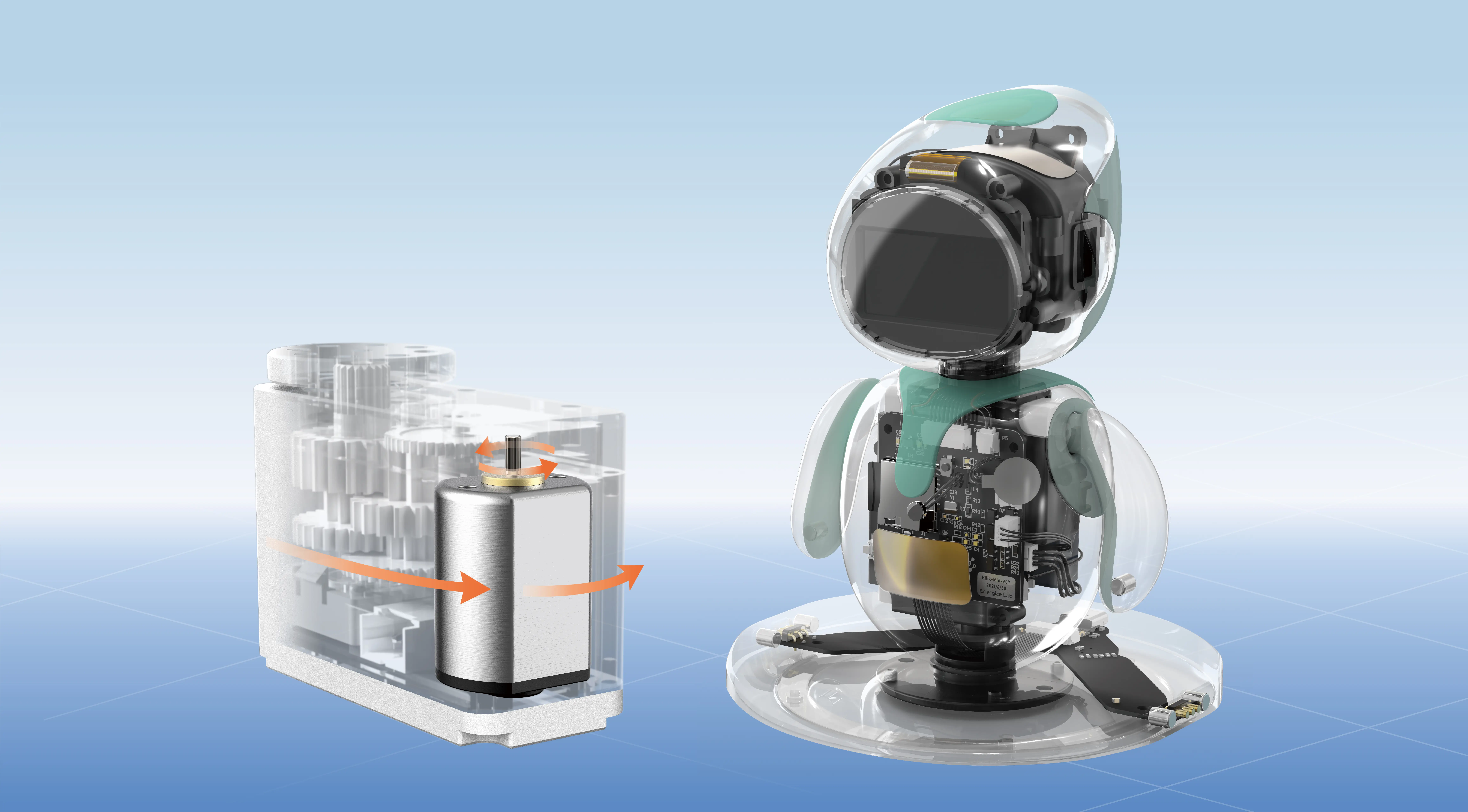In the ever-evolving landscape of data management, SQL Servers have long stood as the foundation stones of countless applications, from small-business CRMs to colossal cloud platforms powering thousands of transactions per second. As the digital world demands more agility, scalability, and intelligence from databases, SQL Server technology continues to innovate, introducing features that push its boundaries. Among these innovations, one intriguing development is the concept of "ARC Enabled SQL Server"—a term that might sound a bit technical at first but embodies a leap towards smarter, more adaptable data management. But what exactly is it?

Imagine a SQL Server that not only stores and retrieves data but also dynamically understands the complexity of your queries, optimizes performance on the fly, and seamlessly integrates with cloud environments and AI-powered tools. That's where ARC—short for Adaptive Resource Control—comes into play. In essence, an ARC enabled SQL Server is designed to intelligently manage and allocate resources based on real-time workloads, drastically reducing bottlenecks, and ensuring high availability and efficiency.
Why does this matter? Consider the traditional SQL Server setup: it often operates with fixed configurations and manual tuning. As your application scales or fluctuates in user demand, those static settings can become a bottleneck—either over-consuming resources during low demand or choking under pressure during peaks. The ARC approach flips this concept, enabling the database engine to adapt dynamically, scaling up or down as needed without your intervention.
This adaptive intelligence reflects a broader trend in data management: moving from rigid, static systems to fluid, self-optimizing architectures. A core reason behind this shift is the explosive growth of data volume and diversity. Massive datasets arrive from various sources—IoT devices, social media feeds, transactional logs—each with their particular patterns. Static systems struggle to keep pace, resulting in sluggish responses and sub-optimal resource utilization.
Enter ARC-enabled SQL Server, which essentially functions as a highly responsive conductor. It constantly monitors workload patterns, evaluates current resource allocations, and then makes fine-tuned adjustments. This results in not just improved performance but also smarter cost management—allocating resources where they are needed most, saving money, and ensuring that critical applications maintain peak responsiveness.
Moreover, ARC features are deeply integrated with cloud capabilities. Many organizations are adopting hybrid and multi-cloud strategies, where databases are distributed across on-premises data centers and public clouds like Azure, AWS, or Google Cloud. Managing such heterogeneous environments requires a level of automation and intelligence that traditional SQL Servers can't deliver efficiently. ARC-enabled SQL Server bridges this gap, offering seamless scalability and resource balancing across diverse environments.
Another exciting dimension of ARC-enabled systems is the integration with AI and machine learning. In a world increasingly driven by data-driven insights, having a database platform that "learns" from usage patterns to optimize queries or predict resource needs can be transformative. Imagine a server that gradually becomes better at handling your specific workload, making adjustments proactively rather than reactively—that’s powerful.
When discussing "what is ARC enabled SQL Server," it’s also important to highlight the impact on developer and administrator workflows. Such systems reduce manual tuning—sometimes a complex, ongoing task—freeing up time for innovation and strategic planning. Automated resource control means fewer outages, better performance, and an overall smoother experience for both users and maintenance teams.
In sum, ARC enabled SQL Server isn’t just a technical label; it’s a glimpse into a future where databases are smarter, more flexible, and more aligned with the demands of modern digital ecosystems. It embodies a shift from static, prescriptive configurations to reactive, self-optimizing engines that happen to serve data with agility and finesse.
In the subsequent section, we’ll explore practical applications, real-world examples, and how organizations are preparing to adopt ARC enabled SQL Servers to gain a competitive edge in their digital transformation journey. Prepare for a deep dive into the transformative power of adaptive data technology.
Stay tuned for Part 2, where we uncover the tangible benefits, implementation considerations, and future potential of ARC enabled SQL Server!
Kpower has delivered professional drive system solutions to over 500 enterprise clients globally with products covering various fields such as Smart Home Systems, Automatic Electronics, Robotics, Precision Agriculture, Drones, and Industrial Automation.




































